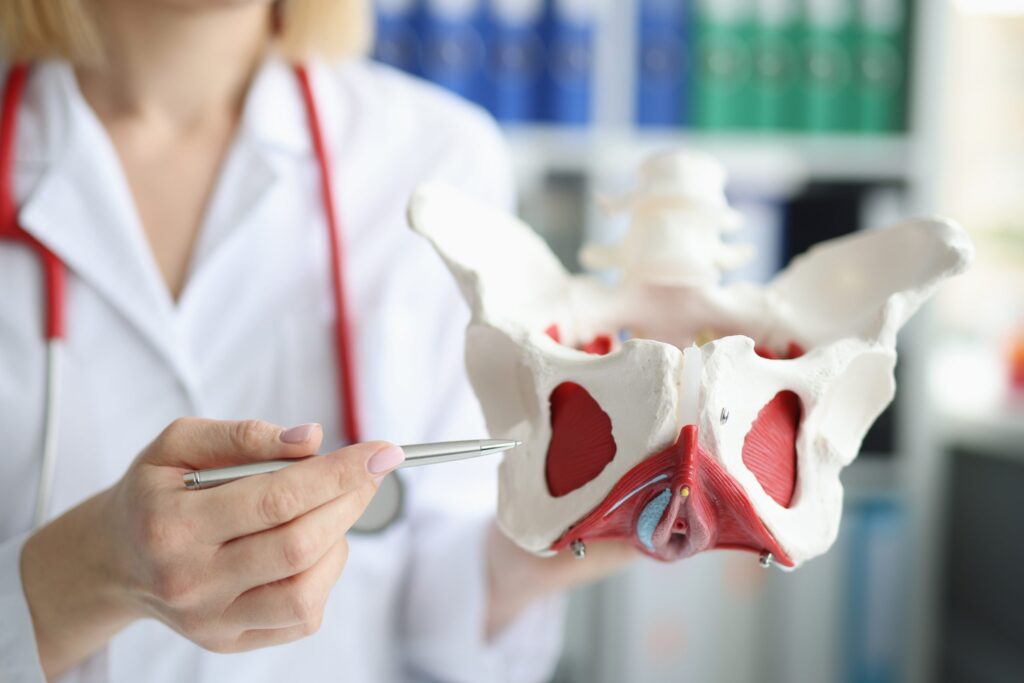Pelvic health might not always be at the forefront of our daily wellness routine, yet it underpins many aspects of overall well-being—from reproductive function and urinary control to core strength and posture. In the U.S., where lifestyle stresses and sedentary work habits are common, understanding and nurturing pelvic health is more crucial than ever. This in-depth guide explores ten key strategies to care for your pelvic region, empowering you with insights and practical tips to lead a healthier, more balanced life.
1. Strengthen with Targeted Pelvic Floor Exercises
A cornerstone of pelvic health is a robust pelvic floor. Beyond the well-known Kegel exercises, consider integrating practices such as yoga and Pilates, which not only fortify pelvic muscles but also enhance overall flexibility and body awareness. For those working from home or the office, incorporating these movements into daily routines—even just a few minutes per session—can contribute significantly to improved muscle tone and long-term pelvic stability.

2. Maintain a Healthy Weight to Support Your Core
Carrying extra weight can place undue pressure on the pelvic muscles, exacerbating issues like stress incontinence and organ prolapse. Embrace a balanced diet rich in whole foods and prioritize regular physical activity. American health guidelines consistently recommend combining cardiovascular workouts with strength training and flexibility exercises. By achieving a healthy weight, you’re not only improving overall wellness but also providing critical support to your pelvic region.
3. Emphasize Hydration and a Fiber-Rich Diet
Proper hydration and nutrition go hand in hand with pelvic health. Drinking 2–3 liters of water daily can help prevent constipation, a common contributor to pelvic strain. Coupled with a fiber-rich diet—featuring fruits, vegetables, whole grains, and lean proteins—you’ll support your digestive system and enhance overall muscle function. Tailoring your meals to include nutrient-dense choices can significantly reduce the risk of pelvic complications while boosting energy levels throughout your busy American day.

4. Adopt Good Posture for a Stronger, Healthier Core
Good posture is more than just standing tall—it’s about ensuring that every facet of your body, including your pelvic region, is aligned properly. Poor posture can lead to undue strain on the lower back and pelvis, affecting both comfort and function. Invest in ergonomic furniture and practice mindful movements, whether at your office desk or at home. Routine posture exercises can not only alleviate pelvic discomfort but also improve breathing, reduce fatigue, and elevate overall quality of life.
5. Break the Cycle of Prolonged Sitting
In today’s fast-paced American work environment, many of us spend prolonged hours at a desk. Unfortunately, sedentary habits can weaken the pelvic floor over time. Embrace strategies like adjustable standing desks, active breaks, and alternative seating arrangements. Regular intervals of movement help boost circulation and relieve pressure from the pelvic area. Incorporating short walks or light stretching every hour can yield tremendous benefits for both your pelvic health and overall vitality.

6. Schedule Regular Pelvic Health Checkups
Prevention is key—especially when it comes to pelvic health. Annual examinations with a specialized healthcare provider or gynecologist can detect early signs of potential issues, allowing for timely intervention. Establish a partnership with your healthcare professional, and don’t hesitate to discuss any concerns. Proactive checkups not only prevent complications but also instill confidence in managing your long-term well-being.
7. Manage Chronic Health Conditions Holistically
Chronic conditions such as diabetes, arthritis, or hormonal imbalances can indirectly affect pelvic health. Collaborate with your healthcare team to manage these conditions through a combination of lifestyle changes, medication, and regular monitoring. Tailoring a holistic approach that addresses both the root causes and their impact on your pelvic region can safeguard your health and improve overall functional quality.
8. Prioritize Sexual Health and Intimacy
Your pelvic health is intricately linked with sexual wellness. Open communication with your partner and a commitment to safe sexual practices are essential. Don’t shy away from researching reputable sources or consulting with healthcare professionals to broaden your understanding of how intimate health influences pelvic function. By embracing a positive and informed approach, you can enhance both your physical health and the quality of your personal relationships.
9. Consider Specialized Pelvic Physical Therapy
For those experiencing persistent discomfort or pelvic-related issues, specialized pelvic physical therapy may offer significant relief. Licensed therapists can design personalized exercise programs that target your specific needs, helping to alleviate pain and improve strength. While the process might require some initial adaptation, the long-term benefits—ranging from reduced discomfort to enhanced quality of life—make it a worthwhile investment in your health.

10. Cultivate a Strong Mind-Body Connection
Stress and mental health are inextricably linked with physical well-being. Practices such as mindfulness meditation, deep breathing, and gentle yoga not only alleviate stress but also enhance pelvic muscle function. A relaxed mind promotes a relaxed body, reducing the risk of muscle tension and associated pelvic discomfort. Integrating mind-body practices into your daily routine is a powerful tool for achieving a harmonious balance between mental and physical health.
In Conclusion
Caring for your pelvic health is a vital aspect of maintaining overall wellness. Whether you’re incorporating simple exercises into your routine, adjusting your diet, or scheduling regular health checkups, each step builds toward a healthier, more resilient future. As American lifestyles become increasingly dynamic and health-conscious, a proactive approach to pelvic care can make all the difference—empowering you to live vibrantly, confidently, and free of limitations.
Disclaimer:
The content provided in this article is for informational and general wellness purposes only. It is not intended to be a substitute for professional medical advice, diagnosis, or treatment. Always consult with a qualified healthcare provider before making any changes to your health routine or lifestyle, especially if you have existing health conditions. We make no guarantees regarding the effectiveness or safety of any tips or suggestions mentioned. Use your discretion and consult professionals when necessary.
We’re here to inspire healthy habits—not replace your doctor. Stay safe and smart!



